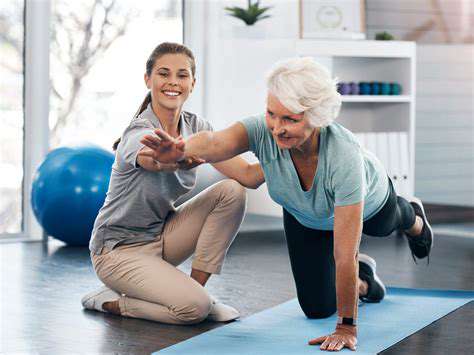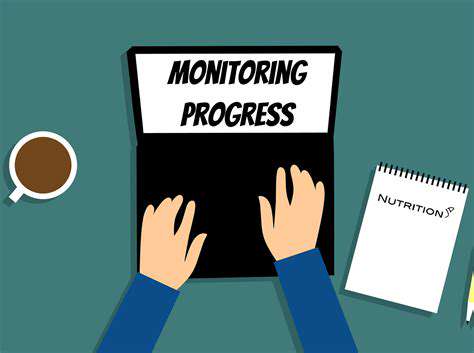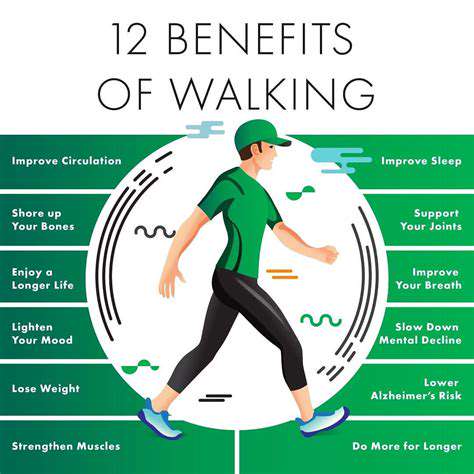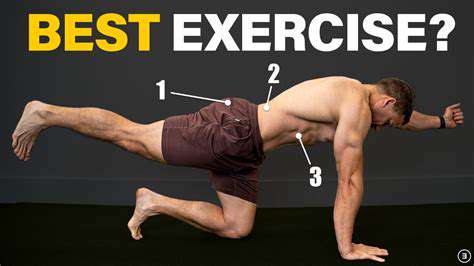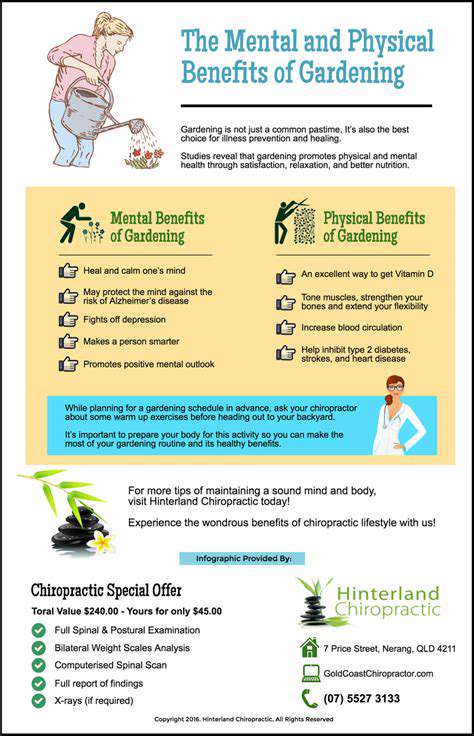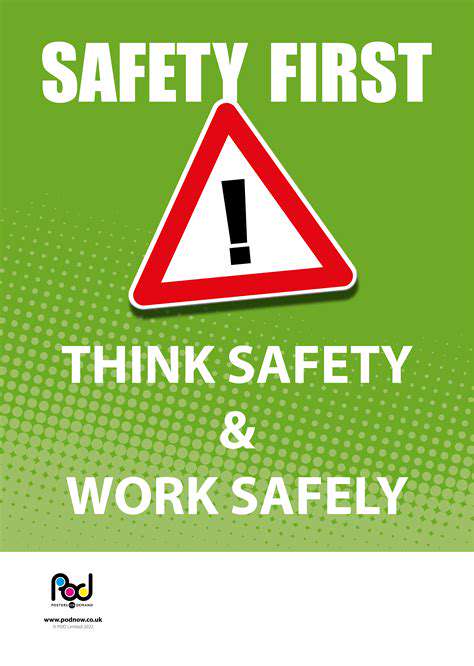Simple Strength Exercises Seniors Can Do with a Walker
Progression and Consistency
Regular practice leads to real results in strength training. Begin with manageable goals and slowly increase either your walking time, distance, or resistance level. Listen carefully to your body's signals - if something hurts, stop immediately and consult your doctor. With steady, gradual progress, you'll notice improvements in both strength and endurance over several weeks.
Cool-down and Recovery
Just as warming up is important, cooling down properly helps your body recover. After walking, slow your pace gradually for 3-5 minutes. Then perform static stretches, holding each position for 15-30 seconds without bouncing. This recovery period reduces muscle soreness and helps maintain flexibility. Making cool-downs a regular part of your routine prevents injuries and maximizes your workout benefits.
Simple Strength Exercises for Seniors with a Walker
Walking and Balance Exercises
Regular walking provides excellent benefits for both balance and strength. Start with short sessions of 5-10 minutes, gradually increasing as you grow stronger. Focus on maintaining smooth, controlled movements. Using your walker for support helps build confidence while working your leg muscles. Consistent walking improves cardiovascular health and makes daily activities easier to manage.
Balance exercises are especially important for fall prevention. Try simple moves like holding onto your walker and lifting one foot slightly off the ground for a few seconds. Other options include heel-to-toe walking (with walker support) or gentle weight shifts from foot to foot. Always perform these exercises in a safe area where you can steady yourself if needed. Regular practice builds stability and confidence in movement.
Upper Body Strength Exercises
Maintaining upper body strength helps with everyday tasks like carrying groceries or reaching for items. Resistance bands or light weights work well for exercises like bicep curls and shoulder presses. Focus on smooth, controlled movements rather than speed or heavy weights. If you don't have equipment, simple arm circles or squeezing a soft ball can also build strength safely.
Chair-based arm exercises offer another great option. Try seated arm raises or gentle shoulder rolls using light household items as weights. The key is regular practice with proper form - quality matters more than quantity. Over time, these exercises make arm movements easier and reduce strain during daily activities.
Chair Exercises for Seniors
Seated exercises provide safe strength training options. Try leg extensions while sitting tall in a sturdy chair, or stand up/sit down slowly while using the chair for support. These movements build leg strength crucial for standing and walking. Start with just a few repetitions and increase gradually as you grow stronger.
Core Strengthening Exercises
A strong core supports better posture and balance. Simple seated exercises include abdominal bracing (gently tightening stomach muscles) and seated marches (alternately lifting knees). Focus on engaging your core muscles during all exercises - this protects your back while building strength. Consistent practice leads to improved stability and reduced back discomfort.
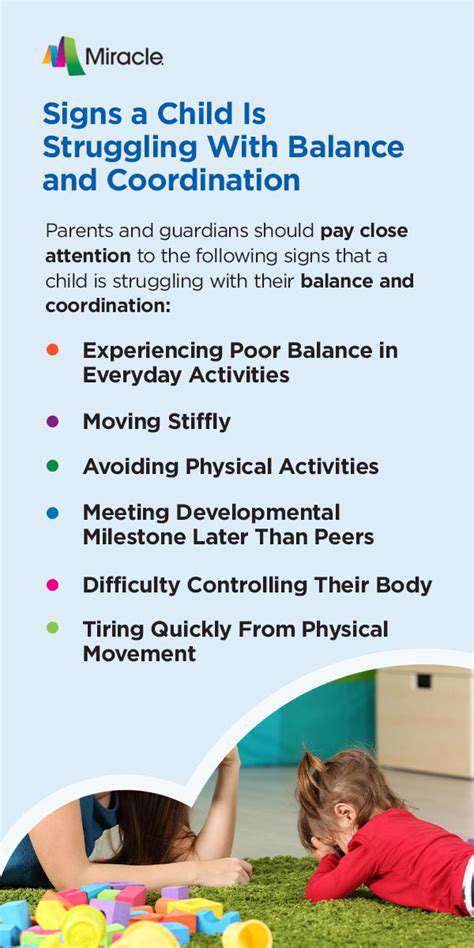
Different situations require specific approaches - surgical teams follow strict scrub protocols while isolation units may need special antiseptic solutions. Remember that gloves supplement but don't replace proper hand cleaning, as incorrect removal often contaminates hands. New technologies like long-lasting antimicrobial coatings and UV verification systems are transforming traditional methods.
Safety Precautions and Considerations
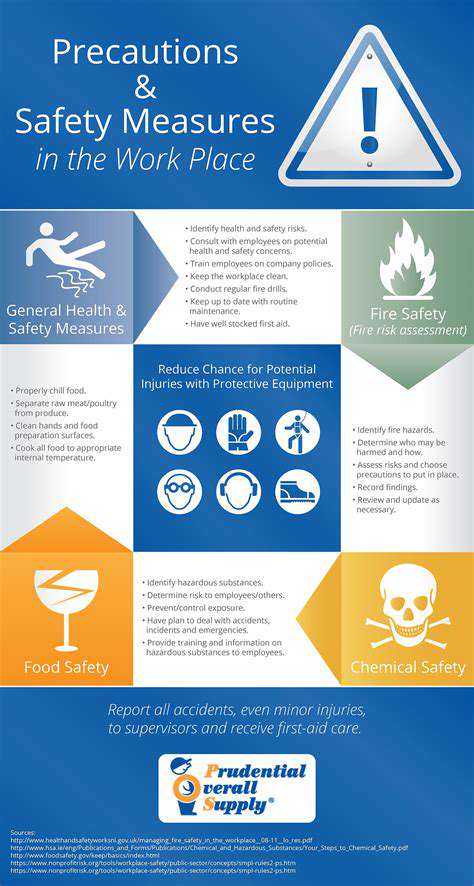
Safety First: General Precautions
Safety should always come first when using exercise equipment or handling potentially hazardous materials. Always follow manufacturer guidelines and safety instructions precisely. This includes using proper protective gear, maintaining good ventilation, and knowing emergency procedures. Ignoring safety measures can lead to serious accidents.
Understanding potential risks allows for better prevention. Identify possible hazards like slippery surfaces, tripping risks, or overexertion. Implementing simple safety checks before each workout significantly reduces accident risks.
Specific Considerations for Equipment Use
When using exercise equipment, proper setup is essential. Ensure all adjustments are secure and the equipment is on a stable surface. Start with the lowest resistance settings when trying new equipment. If anything feels uncomfortable or causes pain, stop immediately and reassess.
Equipment Maintenance and Inspection
Regular equipment checks prevent malfunctions. Look for loose parts, worn components, or other signs of wear before each use. Keep a simple maintenance log to track any issues and repairs. Well-maintained equipment lasts longer and operates more safely.
Emergency Preparedness and Response
Being prepared for emergencies brings peace of mind. Know the location of first aid supplies and how to contact help if needed. Practice simple emergency responses like how to safely stop exercising if you feel dizzy or unwell. Having a phone nearby during workouts adds an extra layer of security.
Progression and Customization
Progression for Strength Training
As exercises become easier, gradually increase the challenge. This might mean adding one more repetition, holding a position longer, or slightly increasing resistance. The best progress happens slowly - rushing leads to injury rather than improvement. Pay close attention to maintaining proper form as you progress.
Customization Based on Equipment Availability
Don't let limited equipment stop you. Household items like canned goods or water bottles make excellent beginner weights. Creativity often leads to the most sustainable exercise routines. The important part is consistent movement, not fancy gear.
Modifications for Specific Needs
Always consult healthcare providers about exercise modifications for health conditions. Small adjustments can make exercises both safer and more effective for individual needs. For joint issues, reducing range of motion or doing exercises seated often helps.
Integrating Strength Training with Walking
Combine strength moves with your walking routine for efficiency. Try stopping every few minutes to do a set of arm exercises or balance poses. This blended approach builds comprehensive fitness without requiring extra time.
Safety Considerations and Warm-up
Never skip warming up - it's insurance against injury. Gentle movements that mimic your planned workout prepare muscles best. Cold muscles are more prone to strains, so take those first few minutes seriously.
Monitoring Progress and Setting Goals
Tracking workouts helps maintain motivation. Note exercises, repetitions, and how you felt afterward. Celebrate all progress, whether it's doing one more rep or feeling more stable on your feet. Realistic goals lead to lasting success in fitness.
